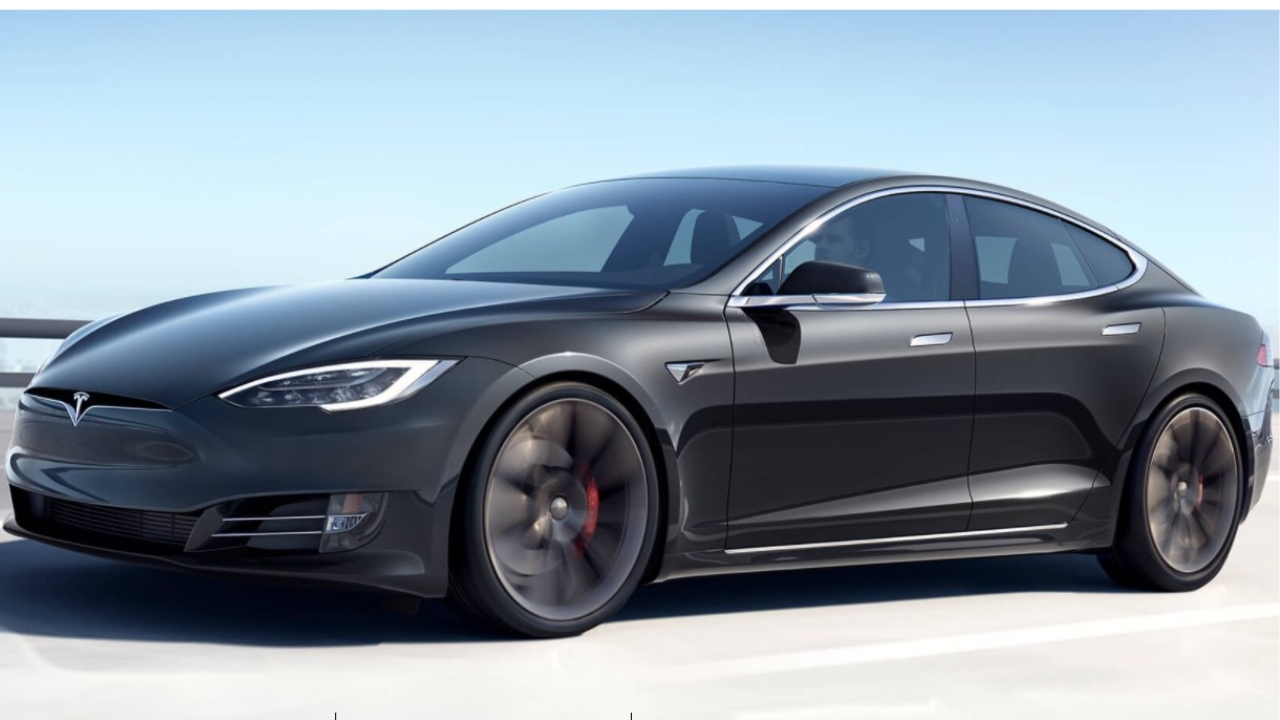Tesla‘s challenging start to 2025 continues as the electric vehicle giant delivered over 336,000 vehicles in the first quarter, representing a significant 13% decline from the same period in 2024. This performance marks the company’s lowest quarterly deliveries since 2022, raising concerns about Tesla’s ability to maintain its market leadership position.
2025 Performance Overview
Tesla delivered nearly 337,000 vehicles in the first three months of the year, down from 495,570 in the previous quarter—a 32% decline. The year-over-year comparison reveals an even more concerning trend, with deliveries falling from 387,000 vehicles in Q1 2024.
The company’s struggles extend beyond just delivery numbers. Tesla reported a miss on the top and bottom lines in its first-quarter earnings report as automotive revenue plunged 20% from a year earlier, highlighting the broader financial impact of declining sales.
Market Share Erosion
Tesla’s dominance in the U.S. electric vehicle market continues to erode. Tesla’s U.S. EV market share held steady at 43.4%, but sales are down 9% year-over-year. More concerning is the long-term trend: Tesla’s share of the total U.S. auto market hit 5% in spring 2023 when it pushed more than 173,000 EVs onto the roads, but in Q1 2025, sales dropped to 128,000, with market share closer to 3%.
Key Factors Behind the Decline
Model Y Production Transition
The changeover of Model Y lines across all four of Tesla’s factories led to the loss of several weeks of production in Q1. While Tesla attributed part of the decline to this planned transition to produce a refreshed version of its popular Model Y SUV, analysts suggest this doesn’t fully explain the magnitude of the sales drop.
Political and Brand Challenges
Tesla’s sales slump comes amid growing controversy over CEO Elon Musk’s involvement in U.S. politics, with Musk contributing $260 million to help Donald Trump’s re-election campaign, sparking significant backlash among Tesla customers. During the quarter, Tesla faced waves of protests, boycotts and some criminal activity that targeted Tesla vehicles and facilities in response to Musk’s political rhetoric.
Increased Competition
The electric vehicle market has become increasingly competitive, with traditional automakers and new entrants gaining ground. General Motors doubled EV sales since Q1 2024, while Ford’s EV sales were up slightly, demonstrating how established manufacturers are successfully challenging Tesla’s dominance.
Regional Performance Analysis
United States Market
Tesla’s electric vehicle sales in the US are worse than what the media is reporting, with Tesla down closer to 15% than 8% in the US in Q1 2025. This decline is particularly significant given that roughly two-thirds of the EVs sold in the U.S. last year were assembled in the U.S.
Global Context
Tesla’s challenges aren’t limited to the U.S. market. The company faces intense competition in China, where BYD sold 595,413 passenger battery electric vehicles (BEVs) in the fourth quarter, marking the second time it has overtaken Tesla in the BEV market.
Tesla Sales Data: Q1 2024 vs Q1 2025
| Metric | Q1 2024 | Q1 2025 | Change |
|---|---|---|---|
| Global Deliveries | 387,000 | 336,681 | -13.0% |
| Model 3/Y Combined | 350,000* | 323,800 | -7.5% |
| Other Models | 37,000* | 23,640 | -36.1% |
| U.S. Market Share | 4.8%* | 43.4% (EV only) | -9.0% |
*Estimated figures based on available data
Market Context and Industry Trends
Despite Tesla’s struggles, the broader electric vehicle market shows resilience. Nearly 300,000 new electric vehicles (EVs) were sold in the first quarter of 2025 in the U.S., an increase of 11.4% year over year. U.S. EV market share was 7.5% in Q1 2025, up year-over-year but down from 8.7% the previous quarter.
Government data from the U.S. Energy Information Administration shows that battery electric vehicles’ average transaction prices increased from $55,500 in December 2024 to $59,200 in March 2025, compared with the average price of all new vehicles, which decreased from $49,700 to $47,500.
Manufacturing and Supply Chain Considerations
Tesla’s production challenges extend beyond the Model Y transition. The company faces broader industry headwinds, including potential tariff impacts. If the new auto tariffs hold, they will pose a monumental challenge for many automakers, particularly due to the tariffs on steel and, importantly for EVs, aluminum.
Future Outlook and Strategic Implications
Stock Market Response
Despite Tesla’s worst quarterly sales figures since 2022, investors reacted positively to reports suggesting that Musk may soon step back from his role as a top adviser to Donald Trump. Tesla’s stock has been volatile, with shares experiencing significant fluctuations based on political and operational developments.
Competitive Positioning
The electric vehicle landscape continues to evolve rapidly. According to Argonne National Laboratory data, manufacturers in the United States could supply around 10 million new light duty plug-in electric vehicles each year by 2030, indicating substantial industry growth potential.
Recovery Prospects
While Q1 2025 presented significant challenges, the ramp of the New Model Y continues to go well, according to Tesla’s official statement. The company’s ability to recover will depend on successfully navigating brand challenges, production improvements, and intensifying competition.
Frequently Asked Questions
Q: Why did Tesla’s sales decline so significantly in Q1 2025?
A: Tesla’s 13% sales decline resulted from multiple factors including Model Y production line transitions, political controversies surrounding CEO Elon Musk, and increased competition from traditional automakers entering the EV market.
Q: How does Tesla’s performance compare to the overall EV market?
A: While Tesla’s sales declined 13%, the overall U.S. EV market grew 11.4% year-over-year in Q1 2025, indicating Tesla’s struggles are company-specific rather than industry-wide.
Q: What is Tesla’s current market share in the U.S.?
A: Tesla maintains approximately 43.4% of the U.S. EV market, though its overall automotive market share has declined to around 3% from a peak of 5% in 2023.
Also Read:-BYD Says Australia Is Ready for a Premium Chinese Car Brand
